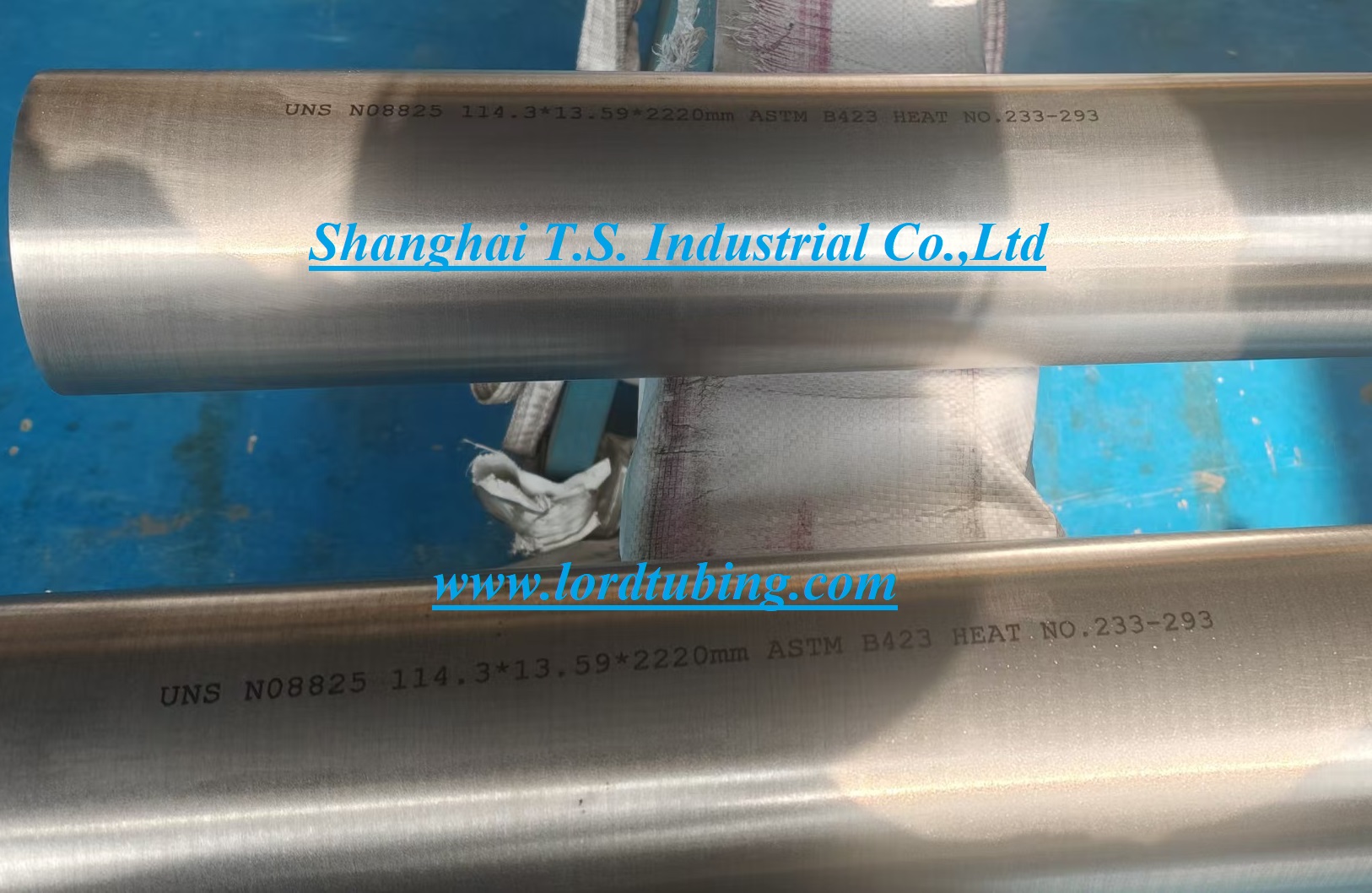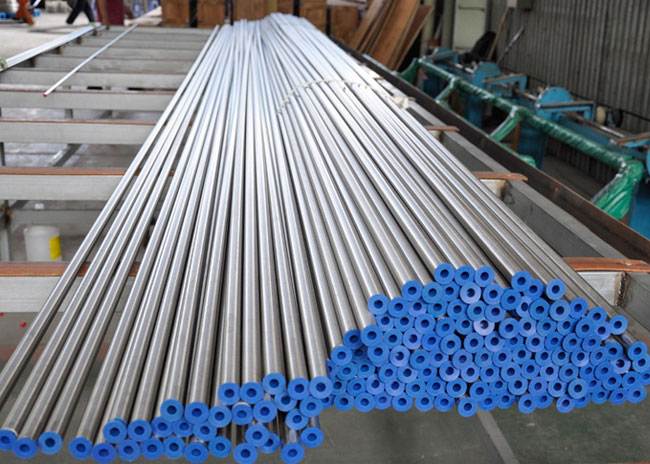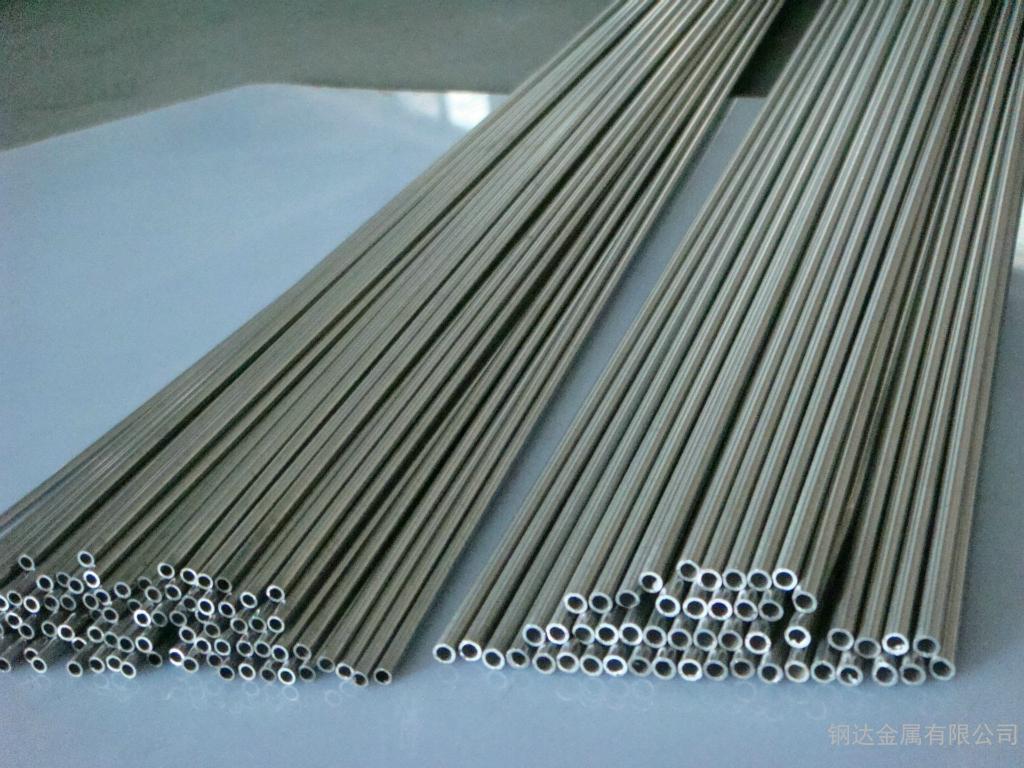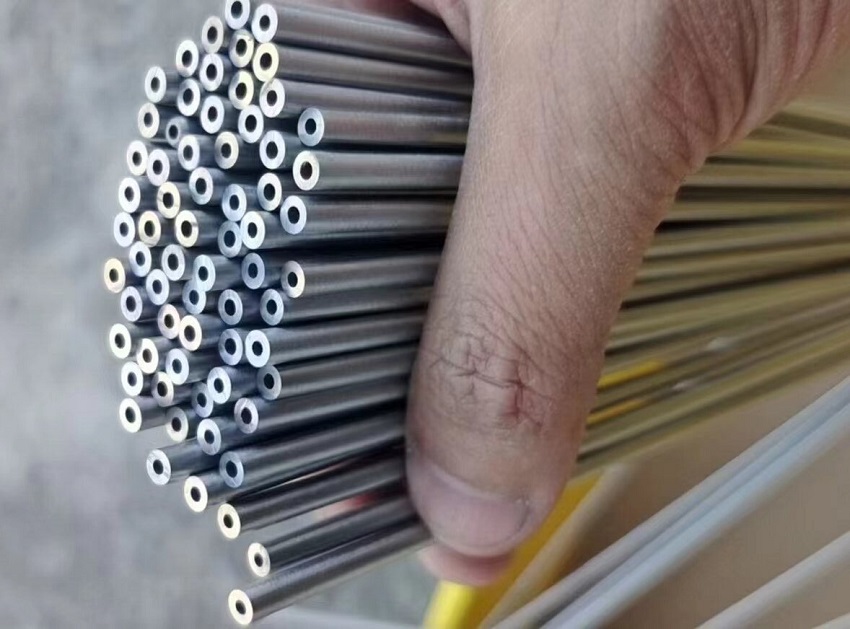Classification of Nickel and Nickel Alloy
Commercially pure nickel and nickel alloys are vital components that are extensively utilized in contemporary industry, particularly in hot and corrosive conditions. As a result, a variety of industries, including electronic equipment, petrochemicals, aircraft, and energy, employ pure nickel and its alloys extensively. The markets need for high-performance materials is growing along with the demand for manufacturing worldwide. Understanding the composition and characteristics of pure nickel and nickel alloys is very crucial.
|
Grade |
Chemical Composition (%) |
||||||
|
Ni |
Cu |
Fe |
Mn |
C |
Si |
S |
|
|
Nickel 200 |
≥99.00 |
≤0.25 |
≤0.40 |
≤0.35 |
≤0.15 |
≤0.35 |
≤0.01 |
|
Nickel 201 |
≥99.00 |
≤0.25 |
≤0.40 |
≤0.35 |
≤0.02 |
≤0.35 |
≤0.01 |
|
Grade |
Chemical Composition (%) |
||||||||
|
Ni |
Cu |
Fe |
Mn |
C |
Si |
S |
Al |
Ti |
|
|
Monel 400 |
≥63.00 |
28.00-34.00 |
≤2.50 |
≤2.00 |
≤0.30 |
≤0.50 |
≤0.024 |
- |
- |
|
Monel K500 |
≥63.00 |
27.00-33.00 |
≤2.00 |
≤1.50 |
≤0.18 |
≤0.50 |
≤0.010 |
2.30-3.15 |
0.35-0.85 |
|
Grade |
Chemical Composition (%) |
|||||||||||||
|
Ni |
Cr |
Cu |
Fe |
Mn |
C |
Si |
P |
S |
Al |
Ti |
Mo |
Nb+Ta |
Co |
|
|
Inconel 600 |
≥72.00 |
14.00-17.00 |
≤5.00 |
6.00-10.00 |
≤1.00 |
≤0.15 |
≤0.50 |
- |
≤0.015 |
- |
- |
- |
- |
- |
|
Inconel 601 |
58.00-63.00 |
21.00-25.00 |
≤1.00 |
Rest |
≤1.50 |
≤0.10 |
≤0.50 |
- |
≤0.015 |
1.00-1.70 |
- |
- |
- |
- |
|
Inconel 625 |
≥58.00 |
20.00-23.00 |
- |
≤5.00 |
≤0.50 |
≤0.10 |
≤0.50 |
≤0.015 |
≤0.015 |
≤0.40 |
≤0.40 |
≥8.00 |
3.15-4.15 |
≤1.00 |
|
Grade |
Chemical Composition (%) |
|||||||||||
|
Ni |
Cr |
Cu |
Fe |
Mn |
C |
Si |
P |
S |
Al |
Ti |
Mo |
|
|
Incoloy 800 |
30.00-35.00 |
19.00-23.00 |
≤0.75 |
≥39.50 |
≤1.50 |
≤0.10 |
≤1.00 |
≤0.045 |
≤0.015 |
0.15-0.60 |
0.15-0.60 |
2.50-3.50 |
|
Incoloy 825 |
38.00-46.00 |
19.50-23.50 |
1.50-3.00 |
≥22.00 |
≤1.00 |
≤0.05 |
≤0.50 |
- |
≤0.03 |
≤0.20 |
0.60-1.20 |
- |
|
Grade |
Chemical Composition (%) |
|||||||||||||||
|
Ni |
Cr |
Cu |
Fe |
Mn |
C |
Si |
P |
S |
Al |
Ti |
Mo |
Co |
W |
V |
Zr |
|
|
Hastelloy B-2 |
Rest |
≤1.00 |
- |
≤2.00 |
≤1.00 |
≤0.02 |
≤0.10 |
≤0.040 |
≤0.030 |
- |
- |
26.00-30.00 |
≤1.00 |
- |
- |
- |
|
Hastelloy B-3 |
≥65.00 |
1.00-3.00 |
≤0.20 |
1.00-3.00 |
≤3.00 |
≤0.01 |
≤0.10 |
≤0.030 |
≤0.010 |
≤0.50 |
≤0.20 |
27.00-32.00 |
≤3.00 |
≤3.00 |
≤0.20 |
≤0.10 |
|
Grade |
Chemical Composition (%) |
|||||||||||||
|
Ni |
Cr |
Cu |
Fe |
Mn |
C |
Si |
P |
S |
Al |
Mo |
W |
Co |
V |
|
|
Hastelloy C-276 |
Rest |
14.50-16.50 |
- |
4.00-7.00 |
≤1.00 |
≤0.01 |
≤0.08 |
≤0.040 |
≤0.030 |
- |
15.00-17.00 |
3.00-4.50 |
≤2.50 |
≤0.35 |
|
Hastelloy C-22 |
Rest |
20.00-22.50 |
- |
2.00-6.00 |
≤0.50 |
≤0.015 |
≤0.08 |
≤0.020 |
≤0.020 |
- |
12.50-14.50 |
2.50-3.50 |
≤2.50 |
≤0.35 |
|
Hastelloy C-2000 |
Rest |
22.00-24.00 |
1.30-1.90 |
≤3.00 |
≤0.50 |
≤0.01 |
≤0.08 |
≤0.025 |
≤0.010 |
≤0.50 |
15.00-17.00 |
- |
≤2.00 |
- |

Nickel Alloy Tube
请输入搜索关键字
确定






